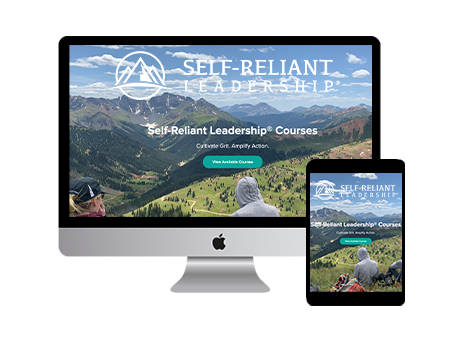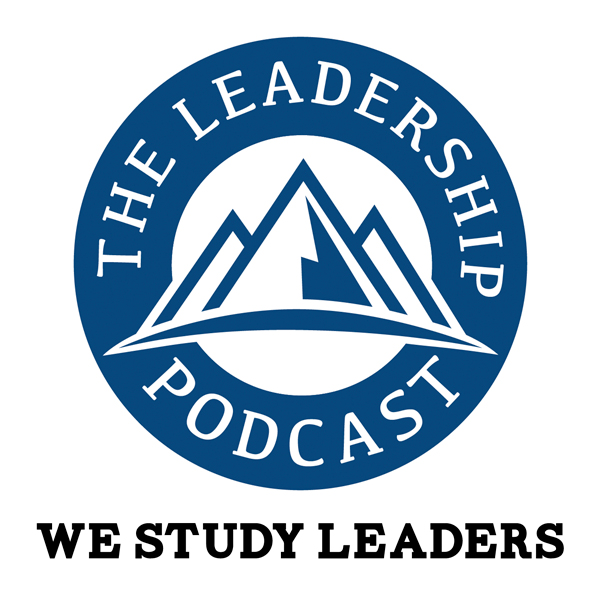At a recent meeting of CEO’s, one theme emerged as the single biggest challenge, and how to fix it. I’ll paraphrase: “In order to grow, we need to put the right systems in place to scale.” Scale is another way of saying that efficiencies are needed through processes/systems in order to improve productivity (e.g., profit per person).
Most of the CEO’s I know all have a vision of where they would “like” to spend their time. It’s as if they are in “temporary box” of tasks, but “soon,” things will be “better,” and they’ll be in a new and better box of “strategic” tasks. What gets less attention is that this change of shifting focus is really a matter of saying no – that is, choosing to accept certain sacrifices – and more importantly, to gain commitment versus mere compliance from the rest of the organization.
Whereas managers become skilled at and accustomed to taking the well-worn path, leaders emerge and exist to create new ones. Forging new trails means creating new directions. Given the relative discomfort with breaking new ground, it’s important for leaders to understand how to get others to willingly commit to the new course through trust and predictability.
Listed below are the 10 Self-Reliant Leadership essentials I believe it takes to affect change – first in you and then in others.
- Your passion serves as an internal compass and helps establish direction. Zeal for your mission/purpose begets commitment.
- Do I have the hunger, drive, tenacity, persistence, and determination to realize our purpose?
- Passion can be fleeting, so you need a vision that will sustain you when the going gets tough. Knowing where you’re going is needed before you can convince others to willingly follow you to the destination. What you see as your vision also serves as the map for others to “see” your destination.
- Do I know where I am going and can I clearly articulate a destination that gets people excited enough so they will devote their discretionary time to reach it?
- Considering and contemplating all available options for a vision provides insight the same way a light illuminates what was previously unseen.
- As I assess my vision, am I in the midst of gathering information, reflecting, assessing, and processing past events to become a true learning organization?
- Intent ignites passion the same way a spark precedes a fire. It’s analogous to transposing thoughts into action. Clarify what’s possible and what others can contribute.
- What are the consequences of not changing (i.e., keeping the status quo), and what do I envision as a future state?
- Planning is all about anticipating alternatives, just as packing a first aid kit is a thoughtful contingency for any venture. It’s the execution part of how you’ll get to the desired destination. You know more than you think you know, and the people you lead need to know there is order, discipline, and purpose in your plans.
- Are the decision criteria and process well understood, and are the consequences clear for exceeding, or not meeting expectations?
- Commitment is defined as the act of binding yourself (intellectually and emotionally) to a course of action. Packing extra clothing for an outing in the woods means you’re determined and committed to the journey, and no matter what’s thrown at you from a weather perspective, you’ll persevere. An unwavering commitment is drawn from an intense purpose and optimism that results from a true leader, opposed to a person’s role or position.
- Is my passion a powerful desire that I translate into action to lead by example?
- There is no single trait that’s a more important determinant of leadership success than the ability to unreservedly sacrifice in order to achieve deliberate outcomes for the greater good. The act of bringing along extra food on a hike means you’re carrying extra weight and have as a contingency the knowledge that current provisions could run dry. Sacrifice is akin to giving up something in the short term in order to focus on the task at hand to achieve longer- term objectives. With strong leadership, the act of losing or surrendering something by sacrifice changes and bonds a team.
Only through an intense desire to prefer the altered state will someone be ready to give up something. Shared sacrifice is a trust multiplier, and a powerful catalyst for change.
- Am I willing to make sacrifices and leave my comfort zone to advance my own agenda?
- It’s hard to sacrifice anything without self-discipline, much less sustain momentum towards a goal. Matches are essential to start a fire and provide a sense of security, just as discipline is required for a desired outcome to be achieved.
- Does my behavior demonstrate uncanny persistence and determination?
- Before a knife is used to cut, the user envisions what the knife will help create or alter. Action is the tool that follows intent and planning. The sharper the knife the easier the cutting, and the more focused the action, the greater chance for momentum and achievement.
- Am I measuring success and setbacks so I can make necessary adjustments?
- A result of repeated sacrifice, discipline, and action is something analogous to a routine. Just as you know sunblock can prevent painful sunburn in the short run and prevent cancer in the long run, you’re also aware that good habits have short- and long-term benefits. Predictability creates trust in others, which is a result and benefit of discipline and sacrifice.
- Has the new behavior become a habit where it no longer feels like a sacrifice?
The last marker of personal change is not so much an action, but a result of a disciplined approach to the ten steps outlined above:
Character/Culture (moral fiber) is built through the process of making a positive difference in the lives of others.
- Has the habit become so ingrained as to become part of who I am, and who we are?
Look again at the ten steps outlined above. Think about where you have been an effective change agent (aka leader). Which step most needs your focus in order to adapt the organization to truly affect change?
In order to change the organization, start with your “temporary box” of tasks, and decide and act on real changes so that you can actually move to the box of “strategic” tasks that will propel your organization forward.
Are you ready to create the right environment where others can takes risks, learn from mistakes, and focus on what’s truly important – real results versus mere activity?







This is very good in the way it touches on key elements that are pivotal to individuals adopting the mindset to change